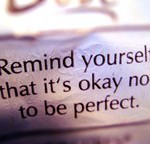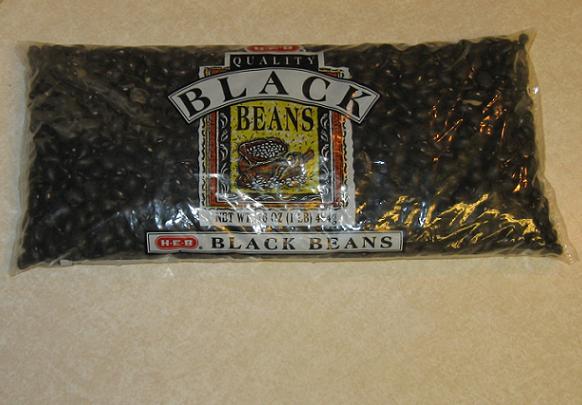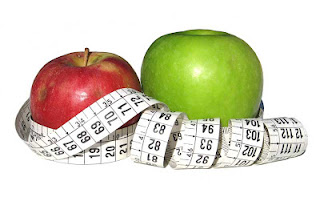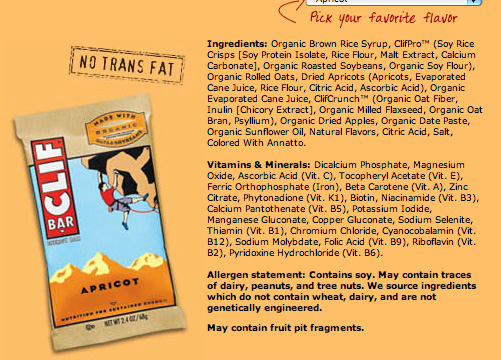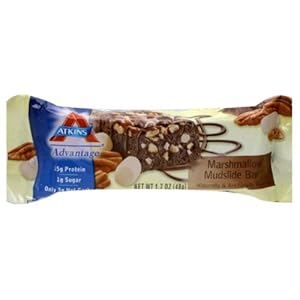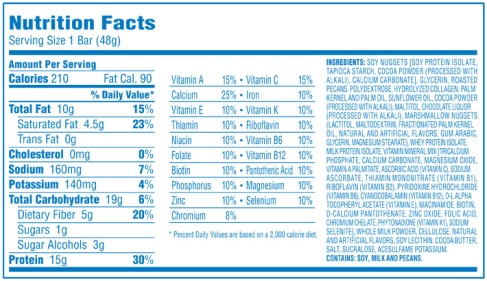This post is for all those out there under the misconception that power bars, muscle milk, protein drinks and things disguised as healthy are actually good for you. I have patient’s tell me all the time that they are eating healthy and when I ask them to actually write down what they are eating it scares the crap out of me! Typical patient–no breakfast, slimfast for lunch, and a healthy choice frozen dinner all accompanied with a “diet” cola. Then they wonder why they aren’t losing weight. Well, maybe if they were getting one ounce of nutrition out of any of those products, they would be. It’s not their fault–it’s the physician’s fault! We aren’t educating them on nutrition. Most physician’s don’t know jack about nutrition because we aren’t educated on it either. It’s time to think outside the box and stop drowning patients with pills for diseases they don’t need to have!
Thank you Kevin Deeth for doing your homework and sharing! A+
Here is his post from his great website http://kevindeeth.wordpress.com/
The Truth About Nutrition Bars
In a recent study published by consumerlabs.com 30 nutrition bars were broken down/analyzed and over 60% of the bars failed to meet labeling claims! What is really in your “health or nutrition bar”?

Thank you to Rachel for the suggestion on this topic.
Meal replacement bars, snack bars, weight loss bars, energy bars, and protein bars are a convenient and easy way for people to get a quick snack or meal when they are on the go. The problem is that 99% of the products out there are loaded with carbs and sugars that spike insulin levels and promote fat storage. Despite the hidden ingredients and artificial additives, marketing gurus have duped consumers into thinking that these “nutrition bars” are an excellent source of vitamins and minerals when in reality this is far from the truth. The FDA claims that it currently does not have any formal guidelines for nutrition bars or the labeling on nutrition bars.
The Breakdown
“Protein Bar” is an extremely deceptive term. Most bars contain more carbs than protein. The consumer labs study found that a typical bar is made up of
- 49% of calories from carbohydrates (mostly from sugars)
- 29% of calories from protein
- 22% of calories from fat
What To Stay Away From
Clif Bars
The concern here is the 45 grams of carbs and 21 grams of sugar (for comparison a snickers bar has 35 grams of carbs and 28 sugars). If you are not an endurance athlete than that amount of carbs in the form of a small snack is way to high. Ever notice how the Clif Bar rapper conveniently covers the ingredient list. Here is why. With over 30 ingredients, it is hard to decipher what exactly the bar is made up of. Organic rice syrup, evaporated cane juice, organic evaporated can juice, organic date paste, are all fancy names for sugar that make up this so-called “nutrition bar”. While ingredients like evaporated cane juice are not as detrimental to refined sugar, it is close enough.
The Take Away– Stay away from Clif bars
Atkins Advantage Bar
With Atkins Advantage you get more bang for you buck because the lower carb and sugar levels. You also get a solid 15 grams of protein with only 210 calories. The unfortunate part is the saturated fat and ingredients. With over 50 ingredients, there are several hidden land mines such as glycerin, sucralose, cellulose, artificial flavors, which are all code names for SUGARS!
The take away- Eat only if there is no whole/unprocessed foods available like fruit or nuts.
Nature Valley Bar
I commend General Mills for their bold and forthright honesty. They are not trying to hide anything. The second ingredient is SUGAR! With high levels of carbohydrates and sugar, nature valley bars have nothing “natural” about them. High fructose corn syrup and brown sugar syrup are two ingredients that have single handily added to the obesity problems in the US.
The take away- Don’t even think about it
Power Bars
This label is also very informative as it provides the disclaimer that the FDA has no regulation over these “health bars”. With 45 carbs, 27 grams of sugar, ingredients such as evaporated cane juice, glucose syrup, and fructose, a power bar is basically a glorified candy bar. At least they have less than 30 ingredients as opposed to some of the other examples listed right?
The take away- If you are going to have something with the nutritional equivalent of a candy bar why not actually have a candy bar that tastes great? Opt for a snickers or twix instead.
Why so much sugar?
In their early development, nutrition bars were bland and primarily eaten by fitness enthusiasts. However, the bars underwent a transformation to appeal to general consumers. The bland, stiff, and protein packed bars didn’t necessarily appeal to the general population. To compensate, manufacturers made their products more flavorful by adding corn syrup, sugar, sugar alcohols, artificial sweeteners, artificial flavors, colors and hydrogenated oils, which are all bad for your health.
What To Eat Instead
Kind Bar


Definitely the best nutrition bar out there. The calorie, carbohydrate, protein, and sugar content is a well-balanced mixture that can provide an adequate snack in between meals. What I love about these bars is the simplicity of the ingredients and the natural additives. Unlike the rest of the bars, you don’t see a list of 30 ingredients with names that are too long to pronounce.
The take away– A good snack that offers a variety from eating nuts or dried fruits by themselves or with trail mix.
Conclusion
As a general guideline, the less ingredients the better. Eating something in its most natural state is always your best bet. The best example I can think of is a product like peanut butter. When buying peanut butter look for one ingredient, PEANUTS! Avoid products with ingredients other than peanuts like what you see in most commercial products. For example, Jif regular peanut butter’s list of ingredients includes peanuts, salt, sugar, fully hydrogenated vegetable oils, and diglycerides. I never encourage people to eat anything processed like nutrition bars but I understand there or some times when nothing else is available. If that is the case, choose something like a KIND Bar where there are only a few ingredients or prepare ahead and always carry around some nuts and fruits.
Thanks for reading and let me know if you have any comments or questions.
From South Bend,
Kevin

